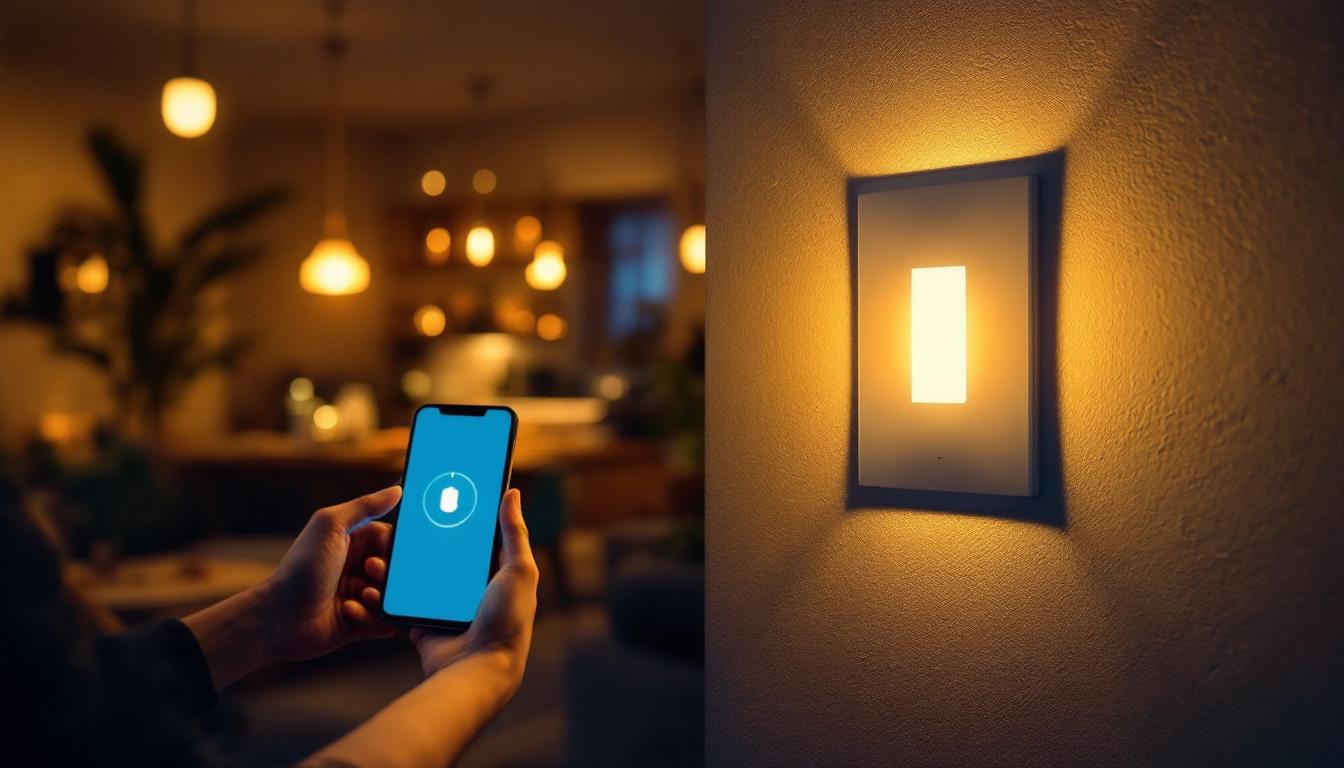
flood lamp bulbs play a pivotal role in outdoor and indoor lighting, offering both functionality and aesthetic appeal. For lighting contractors, understanding the nuances of flood lamp bulbs is essential for delivering optimal results to clients. This article delves into best practices, considerations, and tips for selecting and installing flood lamp bulbs effectively.
Flood lamp bulbs are designed to emit a broad beam of light, making them ideal for illuminating large areas. They are commonly used in outdoor settings such as gardens, parking lots, and building facades, as well as in indoor applications like warehouses and retail spaces. Their versatility allows them to serve various purposes, from enhancing security to highlighting architectural features or creating ambiance.
There are several types of flood lamp bulbs available, each with its own set of characteristics. The most common types include incandescent, halogen, LED, and CFL. Understanding the differences among these options is crucial for making informed decisions. Each type has its unique advantages and disadvantages, which can significantly impact both performance and cost-effectiveness.
Incandescent bulbs provide warm light and are typically less expensive upfront, but they consume more energy and have a shorter lifespan. Halogen bulbs offer improved efficiency and brightness but can generate significant heat. In contrast, LED bulbs are energy-efficient, long-lasting, and available in various color temperatures, making them a popular choice for many contractors. Additionally, CFLs, or compact fluorescent lamps, are a middle ground option that offers better energy efficiency than incandescent bulbs but does not match the longevity or brightness of LEDs.
Selecting the appropriate flood lamp bulb depends on several factors, including the intended use, location, and client preferences. For example, outdoor applications may require bulbs with higher durability and weather resistance, while indoor settings might prioritize color rendering and energy efficiency. It is also essential to consider the specific lighting needs of the area, such as whether the goal is to create a welcoming atmosphere or to provide safety and visibility.
Additionally, consider the lumen output and beam angle. A higher lumen output is necessary for expansive areas, while a narrower beam angle can create focused lighting for specific tasks or features. Furthermore, the placement of the flood lamps plays a crucial role in achieving the desired effect; strategic positioning can enhance the overall aesthetics of a space while maximizing functionality. For instance, when illuminating a garden, placing flood lamps at varying heights can create depth and highlight different plant textures, making the landscape more visually appealing during nighttime hours.
Proper installation of flood lamp bulbs is crucial to ensure safety, longevity, and performance. Lighting contractors must adhere to best practices to achieve optimal results.
Before starting any installation, safety should be the top priority. Ensure that the power supply is turned off, and use appropriate personal protective equipment (PPE). Familiarize yourself with local electrical codes and regulations, as these can vary significantly and impact installation practices.
Additionally, consider the use of weatherproof fixtures and appropriate mounting techniques for outdoor installations. This helps prevent moisture ingress and prolongs the lifespan of the bulbs. It’s also wise to inspect the wiring and connections for any signs of wear or damage before installation. This proactive approach can prevent electrical hazards and ensure a safe working environment.
When installing flood lamps, the positioning and angling of the bulbs can significantly affect the quality of illumination. Aim for a balance between coverage and intensity. For instance, mounting flood lamps too high may result in insufficient light on the ground, while positioning them too low can create glare and shadows.
Utilizing adjustable mounting brackets can provide flexibility in angling the bulbs to achieve the desired lighting effect. Experimenting with different positions can help contractors find the optimal setup for specific applications. Additionally, consider the surrounding environment; factors such as nearby structures, trees, and landscaping can influence how light is distributed. Conducting a lighting analysis before installation can help identify potential obstacles and ensure that the flood lamps provide adequate illumination for safety and aesthetic purposes.
Moreover, take into account the type of bulbs being used. LED flood lamps, for example, offer a range of color temperatures and can produce different lighting effects, which can be particularly useful in outdoor settings. Understanding the specific needs of the area being illuminated—such as security, ambiance, or task lighting—can guide the selection of the appropriate bulb type and positioning strategy. By tailoring the installation to the unique characteristics of the space, contractors can enhance both functionality and visual appeal.
Energy efficiency is a critical factor in modern lighting design. As clients become increasingly conscious of energy consumption, lighting contractors must prioritize energy-efficient solutions. The shift towards sustainable practices in lighting not only reflects a growing awareness of environmental issues but also aligns with regulatory trends that encourage the use of greener technologies.
Familiarize yourself with energy ratings such as the Energy Star certification, which indicates that a product meets strict energy efficiency guidelines. LED flood lamps, in particular, often carry these certifications, making them an attractive option for eco-conscious clients. In addition to Energy Star, other certifications like the DesignLights Consortium (DLC) can also provide assurance of a product’s efficiency and performance, further guiding clients toward informed decisions.
When discussing options with clients, highlight the long-term savings associated with energy-efficient bulbs. Although the initial investment may be higher, the reduced energy bills and longer lifespan can lead to significant cost savings over time. Furthermore, energy-efficient lighting can contribute to a lower carbon footprint, which is increasingly important to many consumers. By presenting a holistic view of the benefits, including environmental impact and potential rebates or incentives, you can help clients see the value in choosing energy-efficient solutions.
Integrating smart technology into flood lighting systems can further enhance energy efficiency. Smart flood lamps can be controlled remotely, allowing for scheduling, dimming, and even color changes based on specific needs. These features not only improve convenience but also optimize energy use by ensuring lights are only on when needed. For example, motion sensors can be integrated to automatically turn lights on or off based on occupancy, which can significantly reduce energy waste in both residential and commercial settings.
Encouraging clients to consider smart lighting solutions can lead to increased satisfaction and a more tailored lighting experience. As technology continues to evolve, staying informed about the latest innovations will benefit both contractors and their clients. Additionally, the integration of smart home systems means that clients can manage their lighting alongside other home automation features, creating a cohesive and efficient living environment. This interconnectedness not only enhances user experience but also promotes a lifestyle that values sustainability and energy conservation.
Encourage clients to conduct routine inspections of their flood lighting systems. This includes checking for any signs of damage, such as cracked bulbs or corroded fixtures. Regular cleaning of the bulbs and fixtures can also improve light output and efficiency.
Establishing a maintenance schedule can help clients stay proactive and avoid potential issues. Providing clients with a checklist of tasks can simplify this process and ensure that all necessary steps are taken.
Despite best efforts, issues may still arise with flood lamp bulbs. Common problems include flickering lights, dim output, or complete failure. Understanding the potential causes of these issues can help contractors provide effective solutions.
Flickering lights may indicate a loose connection or a failing bulb, while dim output could suggest a voltage drop or compatibility issues with dimmer switches. In cases of complete failure, checking the power supply and ensuring that the correct wattage is being used can often resolve the issue.
Effective communication with clients is vital for successful project execution. Lighting contractors should prioritize educating clients about their options and the importance of proper lighting design.
When discussing flood lamp bulbs with clients, it is essential to explain the differences between various types and their respective benefits. Use clear, jargon-free language to ensure that clients understand their choices and can make informed decisions.
Providing visual aids, such as charts or samples, can also enhance understanding. Demonstrating how different bulbs affect the ambiance of a space can help clients visualize the end result and feel more confident in their choices.
Setting realistic expectations regarding performance, maintenance, and longevity is crucial. Clients should understand that while LED bulbs may last significantly longer than incandescent options, they still require occasional maintenance and may not be immune to failure.
Encouraging open dialogue and addressing any concerns clients may have will foster trust and satisfaction. This approach can lead to repeat business and referrals, which are invaluable in the competitive lighting industry.
Flood lamp bulbs are an essential component of effective lighting design, and understanding best practices is crucial for lighting contractors. By staying informed about the various types of bulbs, installation techniques, energy efficiency, maintenance, and client communication, contractors can deliver exceptional service and results.
As the lighting industry continues to evolve, embracing new technologies and methods will ensure that contractors remain competitive and meet the ever-changing needs of their clients. By prioritizing education, safety, and efficiency, lighting contractors can illuminate spaces in a way that enhances both functionality and aesthetics.
Ready to elevate your lighting projects with the best in spec-grade flood lamp bulbs? Look no further than LumenWholesale, where we offer an unmatched combination of quality, affordability, and convenience. Say goodbye to inflated markups and hello to our extensive selection of top-quality lighting products at unbeatable wholesale prices. Plus, with free shipping on bulk orders, you can stock up on premium lighting solutions without worrying about hidden fees. Don’t compromise on performance or cost—Wholesale Lighting at the Best Value is just a click away. Partner with LumenWholesale today and light up your projects with confidence.

Discover expert insights from lighting contractors with these quick tips on choosing and installing lighting outlets.

Illuminate your projects with confidence! Discover essential insights into super bright shop lights, tailored specifically for lighting contractors.

Discover the rising significance of outside spotlights in the lighting industry.

Discover why staying informed about WiFi-controlled light switches is crucial for lighting contractors.